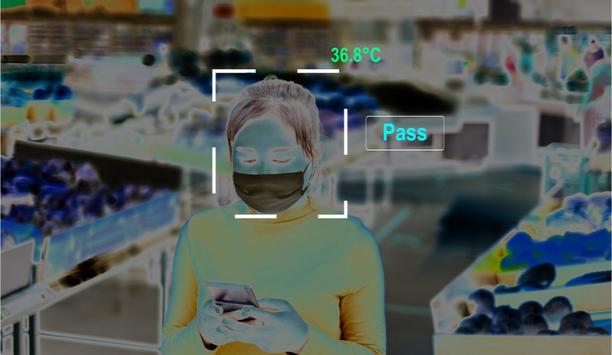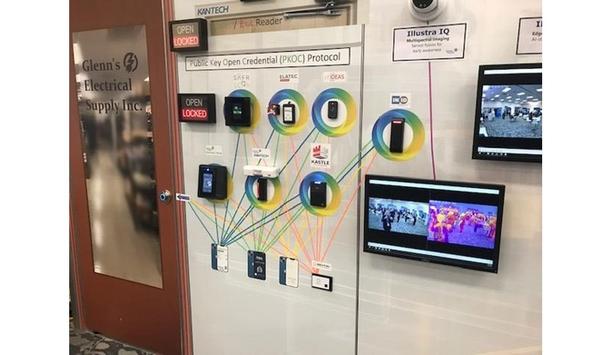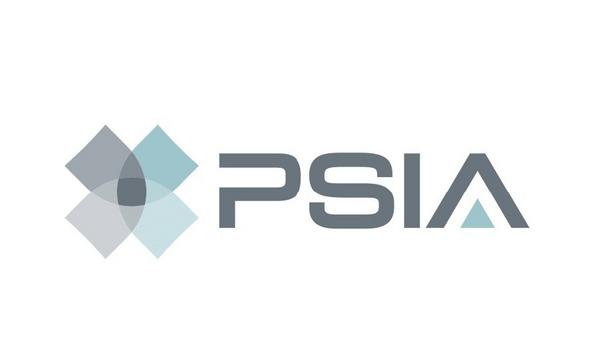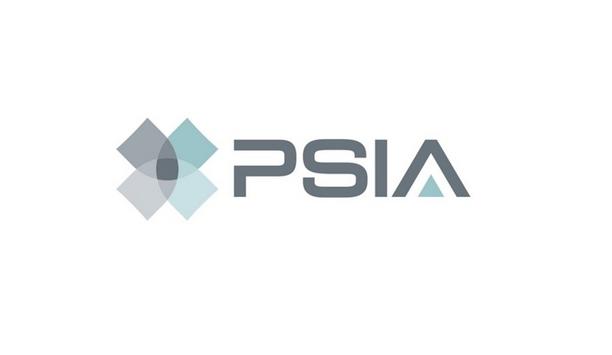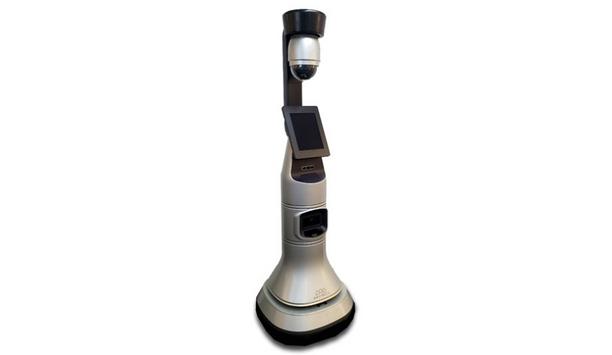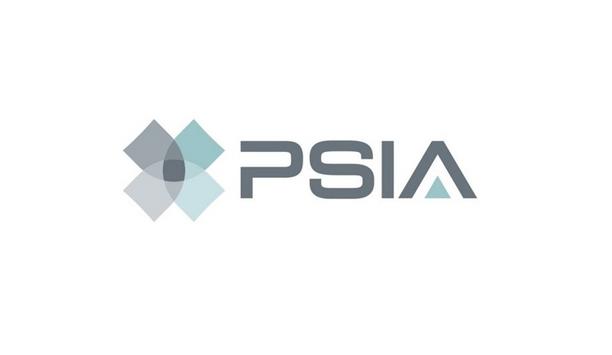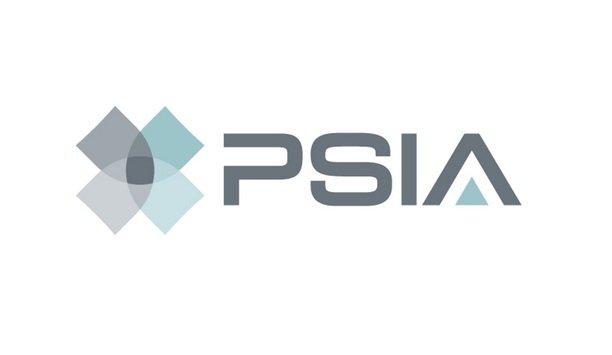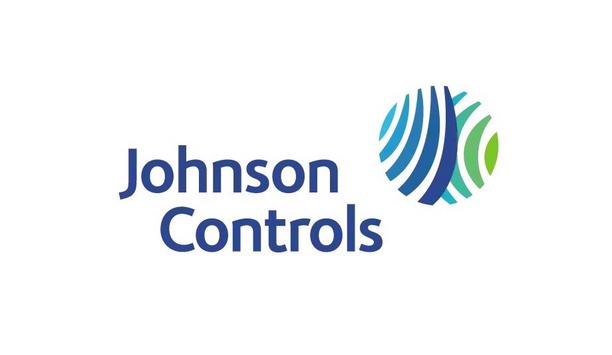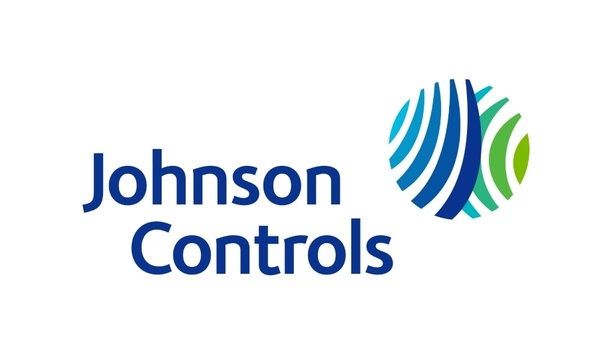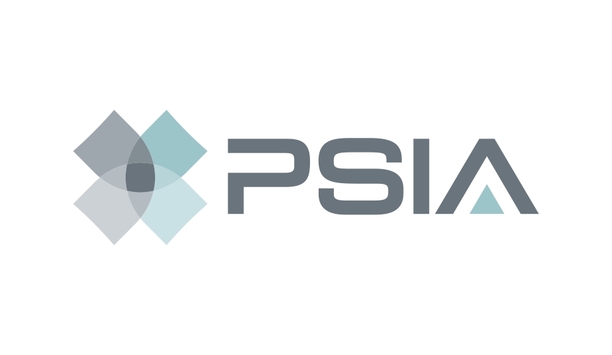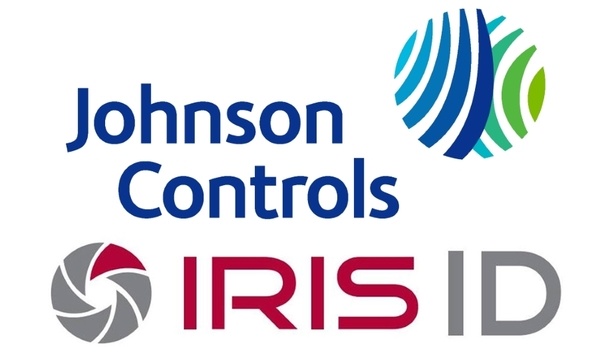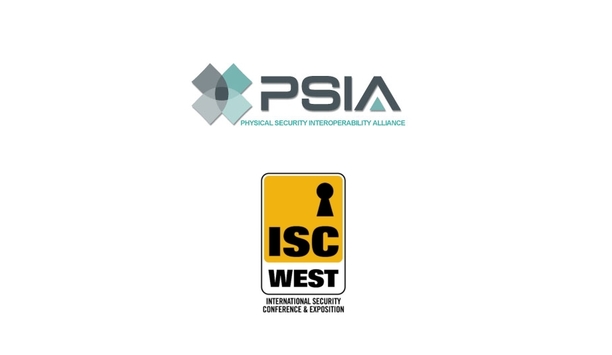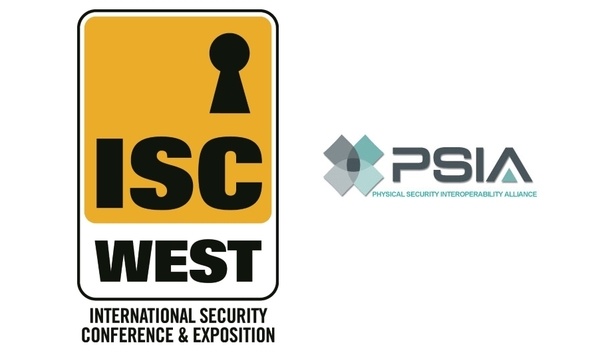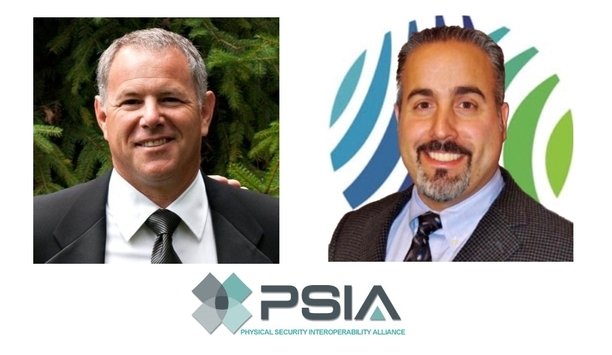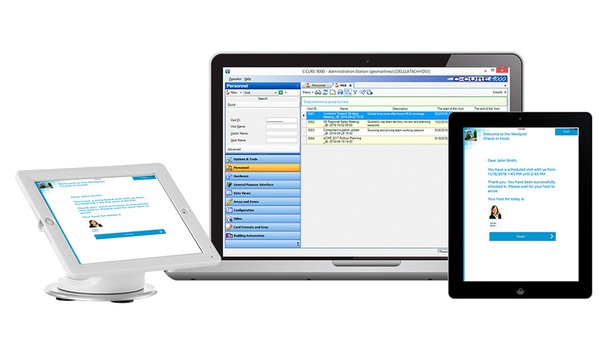Jason M. Ouellette

Jason M. Ouellette
Head of Technology Business Development, Johnson Controls, Inc.Jason Ouellette is the Head of Technology Business Development for Johnson Controls. In his over 20-year career with the company, he has served in a number of leadership positions within the Tyco International and the Tyco Security Products businesses, which are now part of Johnson Controls. This includes Global Product General Manager for Enterprise Access and Video, Director of Product Management for Access Control globally, Director of R&D, and Engineering Manager. He is based out of the company’s office in Westford, Mass.
Articles by Jason M. Ouellette
As businesses, schools, hospitals and sporting venues look to safely reopen in a COVID-19 world, thermal imaging systems will play a critical role in helping to detect and distinguish skin temperature...
News mentions
ELATEC, INID, Kastle Systems, JCI, Last Lock, rf IDEAS, SAFR Scan (RealNetworks), and Sentry Enterprises were each part of an exciting demonstration at the JCI Innovation Room at GSX 2023. A la...
On Wednesday, August 16, 2023, the Physical Security Interoperability Alliance (PSIA) hosted a special interoperability event with seven companies involved in the access control market, demonstrating...
Physical Security Interoperability Alliance (PSIA) hosted a special interoperability event with seven companies involved in the access control market, demonstrating the emerging Public Key Open Creden...
Johnson Controls, the pioneer for smart, healthy and sustainable buildings, is collaborating with Soter Technologies, a growing health-safety technology company, to offer technology to school administ...
On Wednesday, March 29, the Physical Security Interoperability Alliance (PSIA) will host a special event highlighting its Physical Logical Access Interoperability (PLAI) specification and its Public K...
The Physical Security Interoperability Alliance (PSIA) announces it has approved the Secure Credential Interoperability (SCI) 1.0 specification. The PSIA has been working with a broad group of industr...
Johnson Controls has chosen Ava Robotics, a globally renowned company in designing and developing intelligent robots for workplace applications, to improve human productivity, safety and quality of li...
The Physical Security Interoperability Alliance (PSIA) has announced that it has elected Jason Ouellette, as its Chairman and Ewa Pigna, the Chief Technology Officer for LenelS2, a part of Carrier Glo...
The Physical Security Interoperability Alliance (PSIA) announced it has elected Jason Ouellette, as its Chairman and Ewa Pigna, the Chief Technology Officer for LenelS2, a part of Carrier Global Corpo...
Johnson Controls will showcase solutions and thought leadership critical to safe building reopening during the virtual Global Security Exchange Plus (GSX+) conference. From Sept. 21 to Sept. 25, 2020,...
Video, access control and visitor management are among the technologies that are enabling greater safety and security at hospitals and other healthcare facilities. Video surveillance systems enable h...
The healthcare market is rife with opportunity for security systems integrators. Hospitals have a continuous need for security, to update their systems, to make repairs, says David Alessandrini, Vice...
Johnson Controls announces that its flagship access control and event management system Tyco Software House C•CURE 9000 is supported on Infrastructure as a Service (IaaS), enabling customers to t...
The PSIA will show continued momentum for its Physical Logical Access interoperability (PLAI) spec at ISC West 2019. “In past demos we were able to show some exchange of records between PACS sy...
Johnson Controls introduces the Iris ID IrisAccess iCAM 7S Series multifactor biometric readers offering superior performance and easy integration with Software House’s C•CURE 9000 security...
A critical issue for security officers today is how to make sure temporary or permanent employees are removed from the employee directory system when they are no longer working for the company. This s...
A commercial version of the PLAI Agent will be demonstrated by the PSIA at ISC West 2018 in Las Vegas. Johnson Controls (Software House), Kastle Systems, and Princeton Identity will show the interoper...
Johnson Controls has announced that Florida Atlantic University, based in Boca Raton, Fla., has selected the Software House C•CURE 9000 security and event management platform to secure a new buil...
The Physical Security Interoperability Alliance (PSIA) has announced it has elected Mike Mathes, Executive Vice President of Convergint Technologies, as its Chairman, and Jason Ouellette, Product Gene...
Johnson Controls introduces comprehensive and automated visitor management as a core component of the C•CURE 9000 security and event management platform with a new self-service Kiosk Application...
